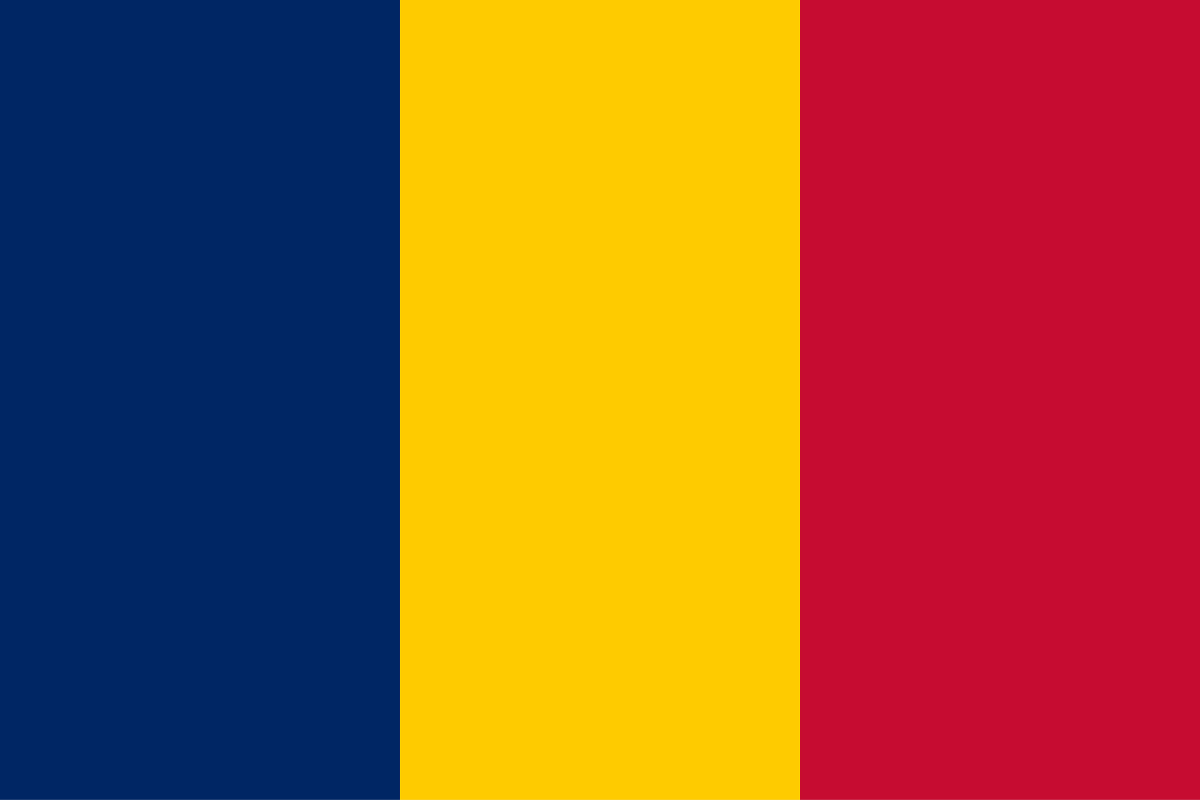Chad in fact has two national animals: the goat and the lion. The goat is considered the animal of northern Chad, and the lion the animal of southern Chad. Both animals are important national symbols at either ends of the symbolic spectrum, with the domesticated goat and the wild lion.
Most nations do tend to settle on a single animal as their national animal, but Chad has chosen to go with two.
Both the lion and the goat are important to the nation of Chad from both a symbolic and a more literal, practical point of view.
Let’s find out more.

What is the national animal of Chad?
Somewhat unusually, Chad has two national animals: the lion and the goat.
Both of these animals are important to the people of Chad for a variety of reasons, though naturally these two beasts are at complete opposite ends of the symbolic spectrum and of course the more literal food-chain.
Nonetheless, the dichotomy in and of itself is almost as illuminative of Chadian values as it would be to have either one as the sole national animal.
Firstly, the goat is one of humanity’s oldest domestic companions, with evidence suggesting they were domesticated as early as 10,000 years ago in parts of the Middle East.
Unsurprisingly, then, they are and have been very important in Chad for a similar length of time.
Today, as mentioned, the goat is considered the national animal of northern Chad.
There are estimated to be around 37 million goats in the whole of Chad.
They provide important sources of both meat and milk, but at the same time they are also good for certain kinds of fiber.
On the other hand, the lion is seen to represent Chad’s wild side.
Lions, though they historically had a much greater range, are now mostly limited to Africa, with small populations still to be found in India.
This has made them an important symbol across many African nations, and particularly so in Chad.
They usually live in large prides of as many as 30 individuals.
They are considered a keystone predator, meaning they have a huge impact on the ecosystems in which they live.
So, though the goat may certainly appear much more humble than the noble lion, both animals are nonetheless very important symbols to Chad in their own ways—let’s look at why.
Why is the lion the national animal of Chad?
There are a few important reasons why the lion is the national animal of Chad.
Firstly, they are seen essentially as symbols of strength, power and courage, and thus embody these important national values both literally and symbolically.
Indeed, lions have been seen this way by countless different cultures throughout space and time.
On the other hand, they are also great symbols of Chad’s natural beauty.
They are of course stunning animals in themselves, and at the same time they embody many aspects of Chadian pride in their natural landscapes.
Indeed, few animals perhaps embody Chad’s natural landscape as much as the lion.
There’s also the problem of conservation: lions are sadly at profound risk of extinction, and it’s often a choice to bring attention to this fact by making them the national animal.
Though it can only be one small part of the process, recognition is nonetheless very important to an animal’s conservation.
Why is the goat the national animal of Chad?
The goat is the national animal of Chad for the other aspect of the country’s animal life: domestic and livestock.
As mentioned, goats are a very important part of the national economy, providing meat and dairy products to the people of Chad.
Though a simpler and humbler image than the noble, wild lion, they are nonetheless of equal symbolic importance, perhaps even more so in the daily lives of the people of Chad.
It’s not really much more complicated, then, than that the goat is a very important part of domestic livestock in Chad and many people in the nation rely on goats for many important parts of their diet.
Without the goat, who knows what Chad may look like today or what its history might have looked like.
Why does Chad have two national animals?
It’s an interesting question as it certainly is quite unusual for a country to have two national animals.
As mentioned, the simplest answer is just that, as mentioned, there is a national animal for both the northern and southern half of the country.
Both sides of the country are represented by both sides of the natural, ecological spectrum.
This is the other key thing.
Again, goats and lions embody exactly the opposite elements of Chad.
The goat is an age old domesticated creature that lives among us and provides much of our essential nutrition.
They are also prey animals. Lions are their own masters, and embody the wilds of the Chadian and indeed African landscape in general.
Both are vitally important to a literal and symbolic sense of Chadian identity.
Depending on any given Chadian’s point of view, it may be that they see one or the other as the real national animal of Chad.
Most, though, doubtless see the value in having both the useful, domestic goat as a national animal as well as the wild, king-of-the-beasts symbol of the wild, the lion, as national animals.
Chad has a great deal of natural beauty and at the same time domestic animals have of course played a very important role in its present culture and history.
